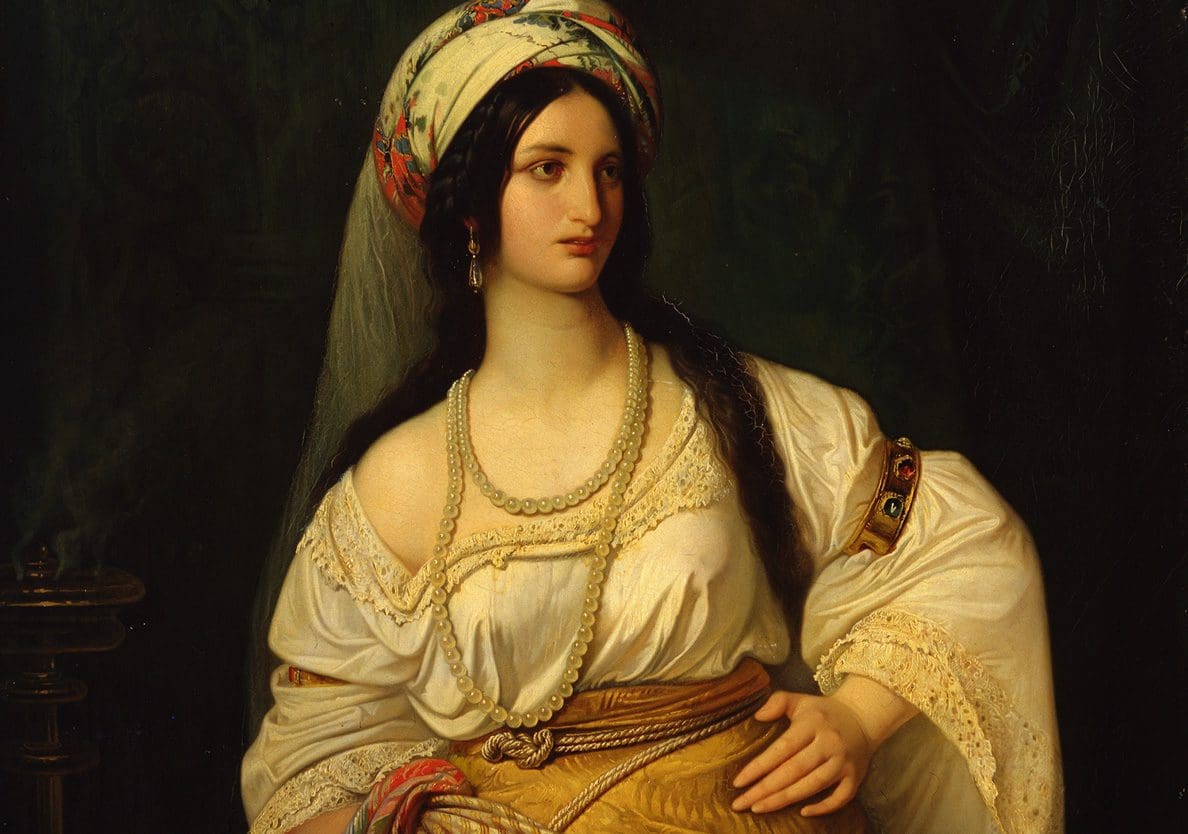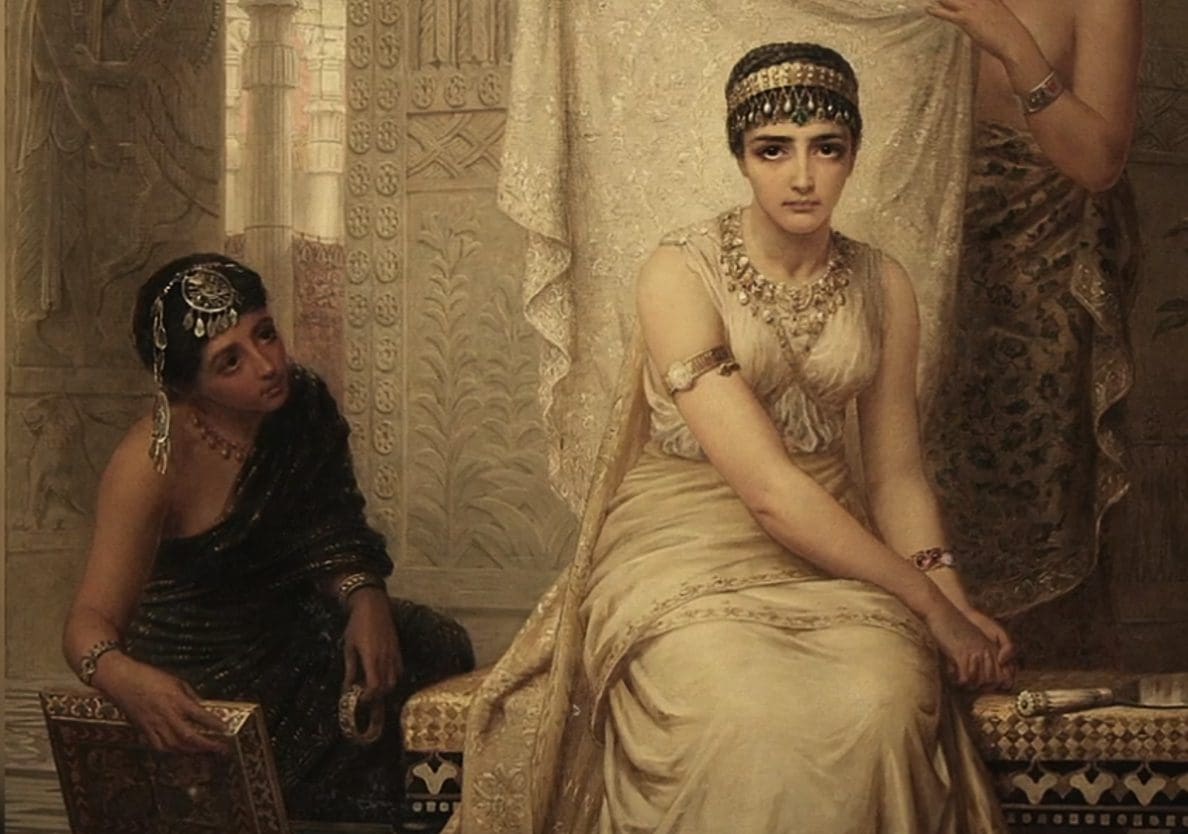Just as God elevated the jewess Esther to a position of great power and authority in the foreign land of Persia, so too would He elevate Nehemiah. And the rising up of both individuals was for similar purpose: to help secure the future of the Israelites. While Esther became Queen to King Xerxes (also called Ahasuerus, ca. 486–464 BC), Nehemiah would become cupbearer to Xerxes’ son and heir to the throne, Artaxerxes (464–424 BC). The very fact that Nehemiah was cupbearer to the king means that he was “a trusted advisor and high-ranking Persian official.”[1] And, as the one who tasted the king’s wine to make sure it wasn’t poisoned, it also means that “Nehemiah enjoyed a position close enough to the king that he was able to communicate freely with him.” [2]
“Thus, this queen likely had a great positive influence on Artaxerxes which certainly would have helped Nehemiah’s cause.”
Still, what Nehemiah was about to do was very risky business for “The etiquette of the Persian court was very strict.”[3] Nevertheless, he entreats the king to send him back to his own city so that he can rebuild it.[4] To Nehemiah’s great relief, the king, with the queen at his side (Nehemiah 2:6), grants his request. This detail the Bible gives regarding the presence of the queen is by no means irrelevant. In fact, it may suggest that she positively influenced the king. This is certainly in line with the traditional role of the queen: “to influence her husband to follow a kinder and gentler way.”[5]
But just who was this woman? In regard to her title, the Hebrew for “queen” in this passage is used only here and in Psalm 45:9 and means “royal bride.” It is actually a loanword from Akkadian which literally means “(woman) of the palace.” The Aramaic equivalent is found only in Daniel 5:2-3, 23, where it is translated as “wives” and “concubines.”[6] Although it was customary for Persian emperors to have several wives and concubines, only one was elevated to the position of queen. In fact, the other concubines would prostrate themselves before her acknowledging her authority. As far as her identity is concerned, “Ctesias, a Greek who lived at the Achaemenid court, informs us that the name of Artaxerxes’ queen was Damaspia and that he had at least three concubines. Like Esther (Est 5), Damaspia may have used her influence with the king. [Significantly,] [t]he Achaemenid court was notorious for the great influence exercised by the royal women”[7] (whether that influence be positive or negative).[8] Thus, this queen likely had a great positive influence on Artaxerxes which certainly would have helped Nehemiah’s cause.


Also, since Esther was the queen of the previous king Xerxes and stepmother to Artaxerxes, it’s very possible that she also influenced the present king and queen to be favorably disposed to the Jews.[9] Ahasuerus died only 13 years after Esther became queen so she, no doubt, lived far into the reign of her stepson, Artaxerxes.[10] Thus, in the ancient world, the queen as the chief woman of the palace greatly influenced their kings. In Nehemiah’s case, God clearly had already gone before His people, the Israelites, to make their paths straight for their return to the Promised Land.

Ryan Hembree is a daily co-host, speaker, and writer of Bible Discovery. He also hosts a YouTube channel that shows the unity of the Bible and how science and Scripture fit together. Ryan also has an honorary Masters of Ministry in Creation Science from Phoenix University of Theology.
[1] Theology of Work Bible Commentary, Does Trusting God Mean Turning to Prayer, Taking “Practical” Action, or Both? (Nehemiah 1:11-4:23)
[2] Paul D. Gardner, New International Encyclopedia of Bible Characters, Nehemiah
[3] James M. Freeman, Hand-Book of Bible Manners and Customs, 205
[4] Notice that Nehemiah never mentioned Jerusalem by name. Perhaps this is because Artaxerxes had earlier ordered building projects there stopped (Ezra 4:21).
[5] New Spirit-Filled Life Bible, 2:6 The queen also sitting beside him.
[6] Lee Strobel, NIV Case for Christ Study Bible, 2:6 queen.
[7] Ibid.
[8] An example of a negative influence is Amestris, the cruel wife of Xerxes and mother of Artaxerxes.
[9] John MacArthur, MacArthur Study Bible, 2:6 the queen.
[10] Ron Hembree, Quick Study Bible, 647






